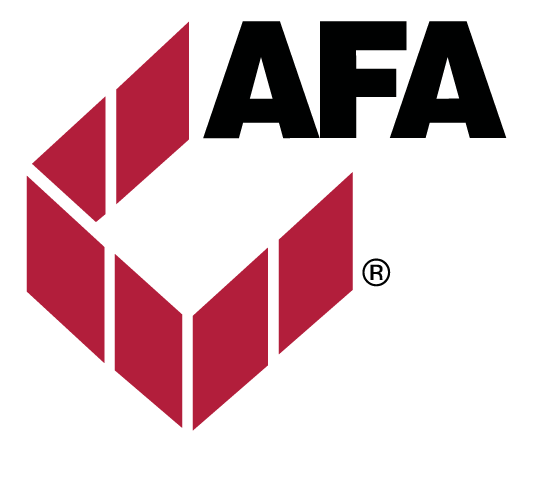Our collaborations with partners like ASTM, CLFMI, DASMA, UL, and NOMMA have pioneered the process for incorporating gate safety standards into the fence industry. The development of UL325 in 1998 allowed for the safer use of electronic gate operators, which would eventually pave the way for higher safety standards in manual gates. The AFA has taught countless hours of education through AFA University, and the industry has certified many in gate design and automation.
Call to Action
A renewed sense of passion has developed in our leadership and our members as we learned about the tragic death of 7-year-old Alex Quanbeck in 2019. Unfortunately, this tragedy is not an isolated incident. There have been several gate fatalities and injuries that have been caused by manual gates throughout the country. The most recent of these tragedies occurred in 2023 when a young girl was killed at her school. With a new sense of urgency and understanding around these events, the AFA has spearheaded the way to create industry-wide action through our partnership with The Hummingbird Alliance.
Together with the rest of the fence industry, we are working to mutually reinforce the need for gate safety awareness and education with all stakeholders. We are collaborating with other industry leaders, talking to manufacturers and installers, providing awareness to schools, code enforcement officials and AHJ’s, and offering training to any who are interested in learning these safety standards. All of us may live, work, or play near a gate, and it is important for us to work together to prevent these accidents from occurring.
Basic Facts: Alex Gate Safety Act & Gate Installers
What Does This Bill Do?
The bill (S.1682) requires specific gates to meet established safety standards. These standards already exist, but right now they’re voluntary. This bill would tell the Consumer Product Safety Commission (CPSC) to set the same safety requirements for everyone.
It also launches a national education campaign to help installers, inspectors, and the public understand:
- Why gate safety matters
- What are the standards
- How to design, install, and maintain gates to prevent injuries and deaths
Why This Matters
Unfortunately, there have been serious injuries and deaths from heavy gates falling, detaching, or closing unexpectedly. These tragedies are 100% preventable when gates are built, installed, and maintained correctly.
The bill isn’t creating new rules out of thin air; it’s just making existing safety standards legally enforceable, which means installers and manufacturers would have to follow them, not just use them as suggestions.
What It Means for Installers
If you're already following ASTM and UL standards, this won’t change much for you. You’re already ahead of the game. If you’re not, you will need to start following the gate standards in UL 325, ASTM F2200, F900 and F1184.
What Myths Are Out There About This Legislation?
Some say that this is government overreach or that it’s the start of a slippery slope of more regulation. Others think it’s being pushed by big manufacturers to squeeze out small businesses.
But Here's the Reality
- There’s no hidden agenda. This bill is focused strictly on safety.
- It’s about making sure basic precautions are in place to prevent avoidable tragedies.
- It aligns with industry best practices that responsible installers already use.
The Bottom Line
This bill is about protecting people from being hurt by unsafe gates. It uses existing safety standards and gives a clear, consistent set of rules to follow. If you're already installing gates safely, you're ahead of the game.
The legislation isn’t looking to punish — it’s aiming to prevent heartbreaking accidents with a simple fix.
Is This Bill Already the Law?
No, this bill was just introduced in the U.S. Senate. It will go through several steps before being voted on by the full Congress and signed into law.
How Does a Bill, Introduced in the Senate, Become the Law?
First, it will head to the appropriate Senate Committee. If approved, it will make its way to the floor for potentially more debate and a vote. If it passes, it will go to the House of Representatives.
Here, the House can vote on it as it is or make their own changes. If they vote on it as is, then it passes and can go to the President to be signed into law. If they pass it, but change anything, the bill must go to a conference committee where members of both houses work toward a compromise bill.
Once a compromise bill is made, it is sent back to both houses again for a vote. At that point, if approved by both houses, it is sent to the President to be signed into law.
More Questions?
Reach out to our Director of Government Affairs, catherine@americanfenceassociation.com, who would be happy to speak with you.
Partner in Gate Safety
The AFA's major partner in gate safety is Ready.Set.Safe!. You can find out more about their organization below.
Ready.Set.Safe! is an organization making positive change by leading conversations and focusing education on school safety. Founded in memory of Alex Quanbeck, and dedicated to children everywhere.
Video Resources
Scott Kinney with D & D Technologies speaking on pool and gate safety.
Rick Sedivy with DoorKing, Inc. talking about his work in gate safety.

